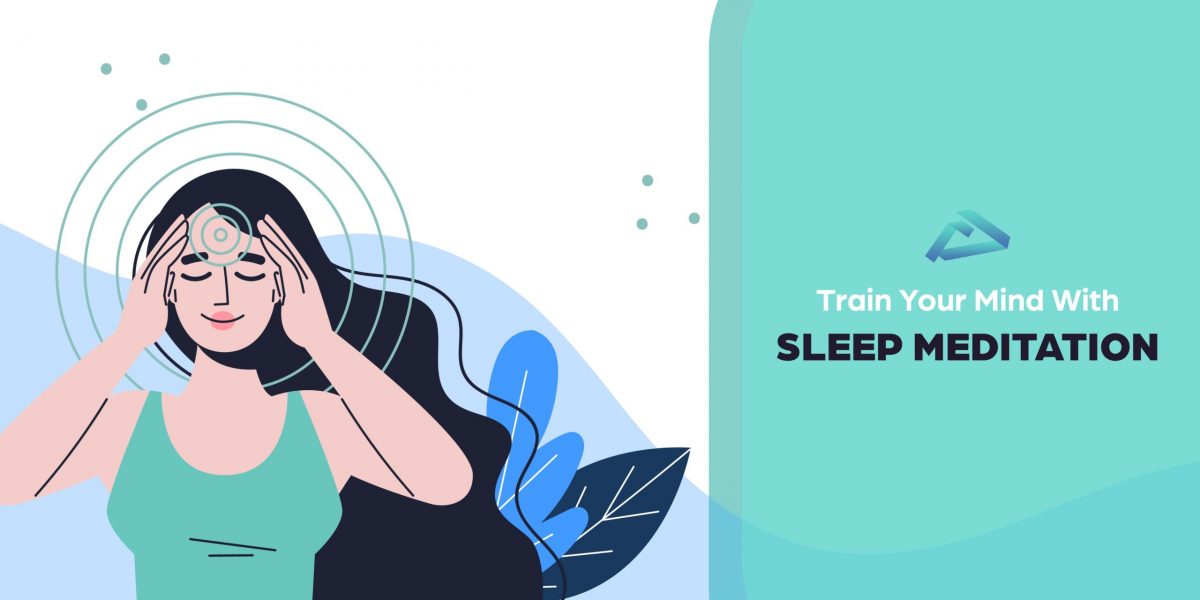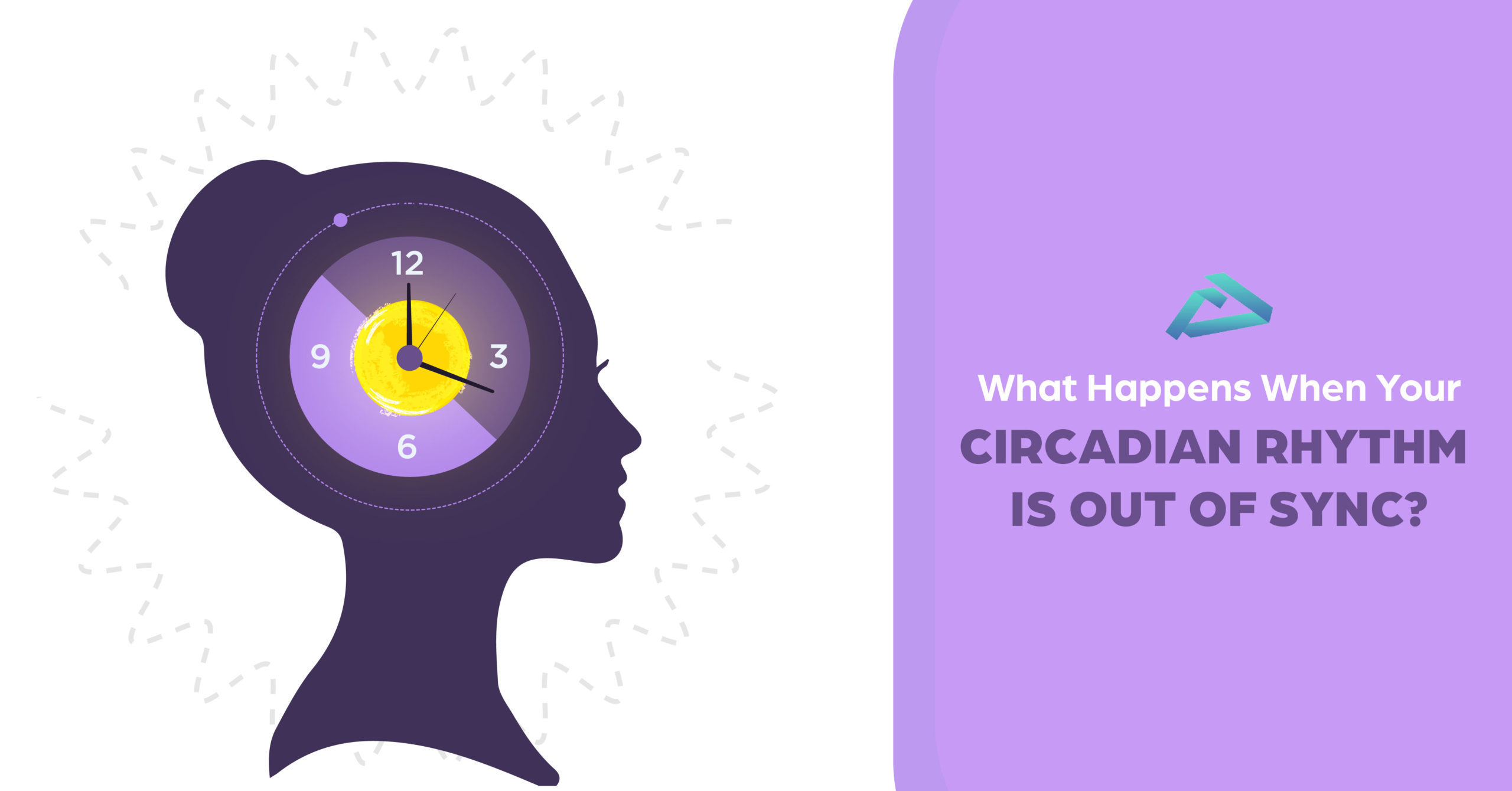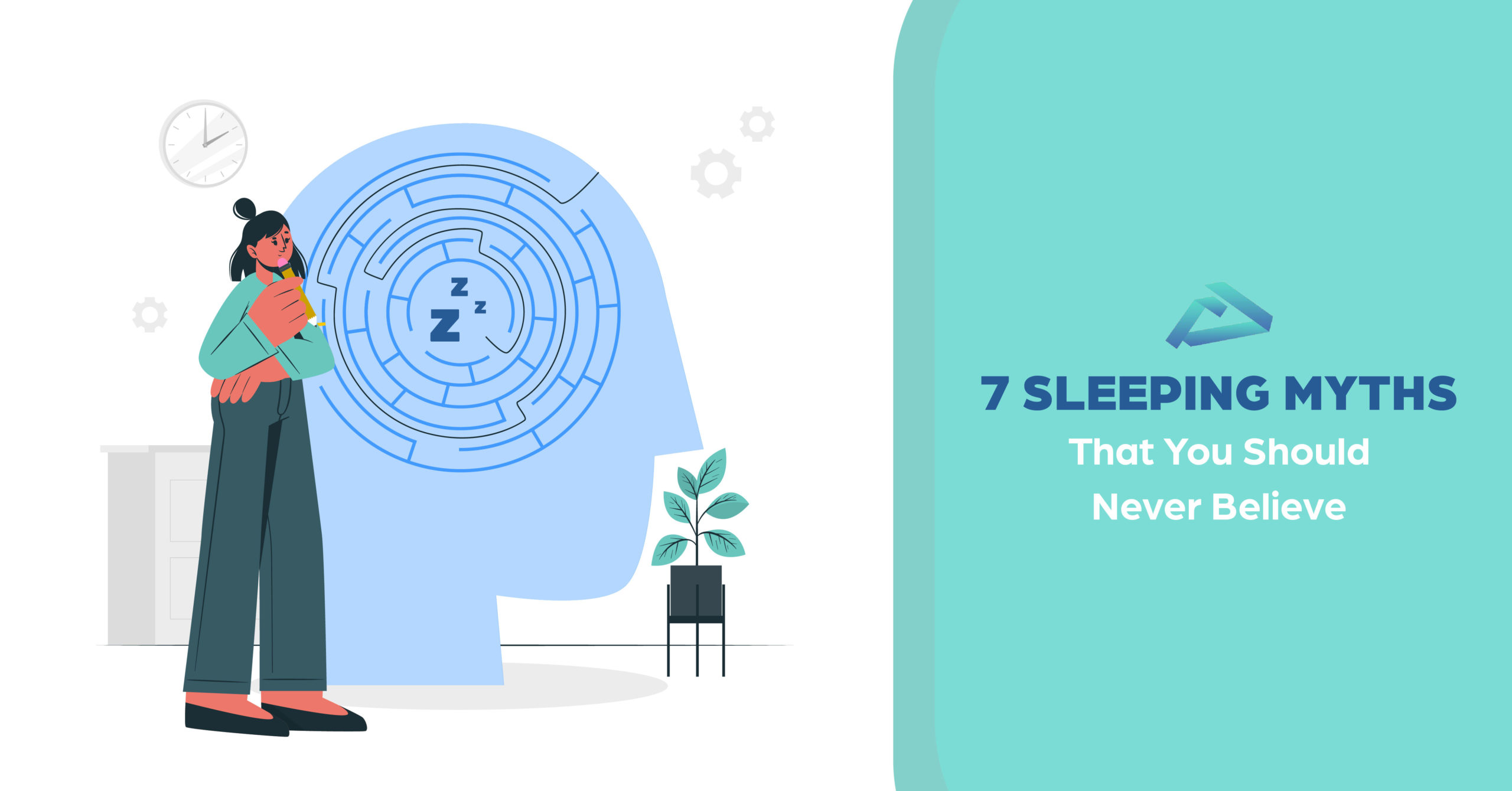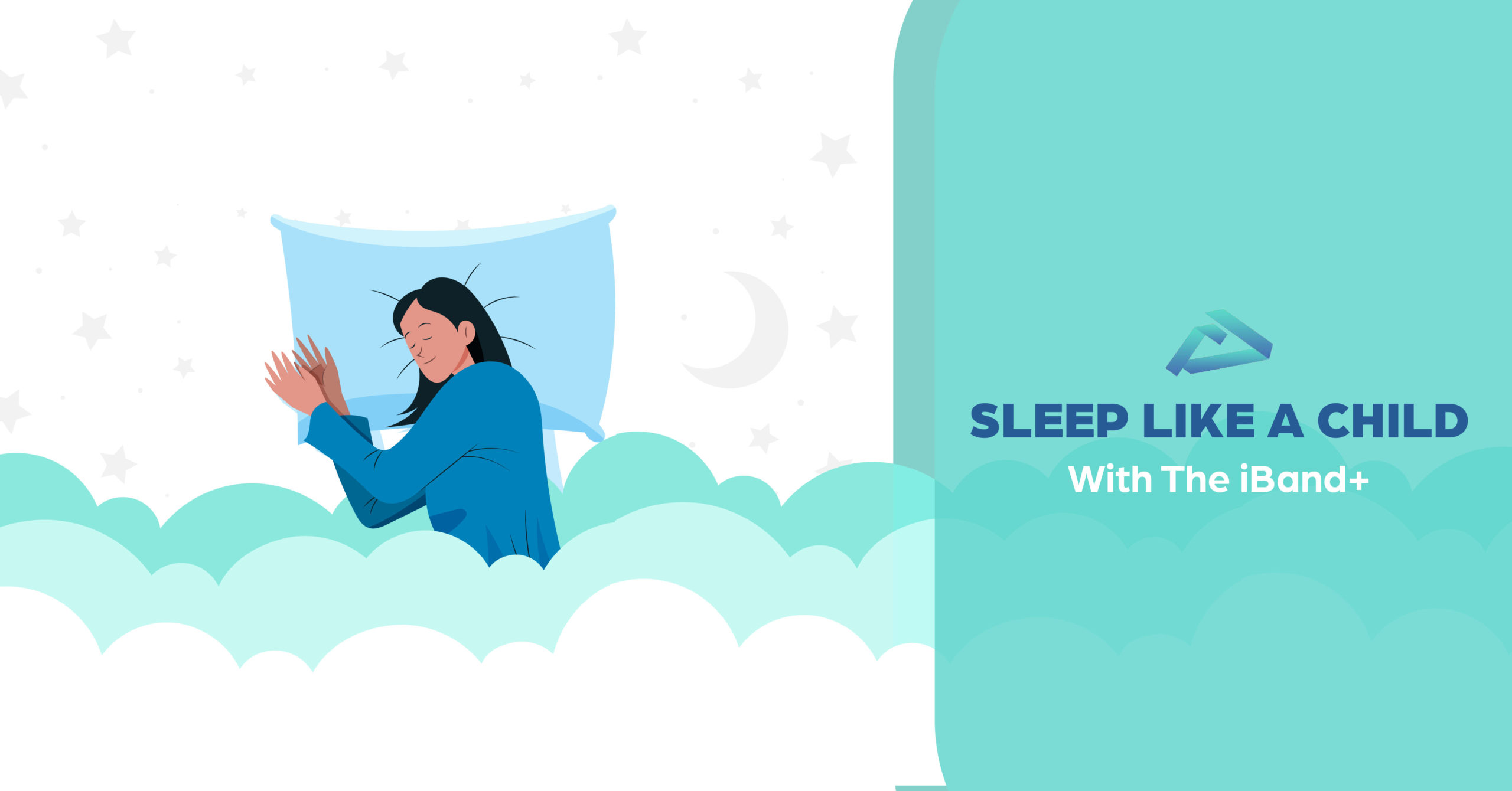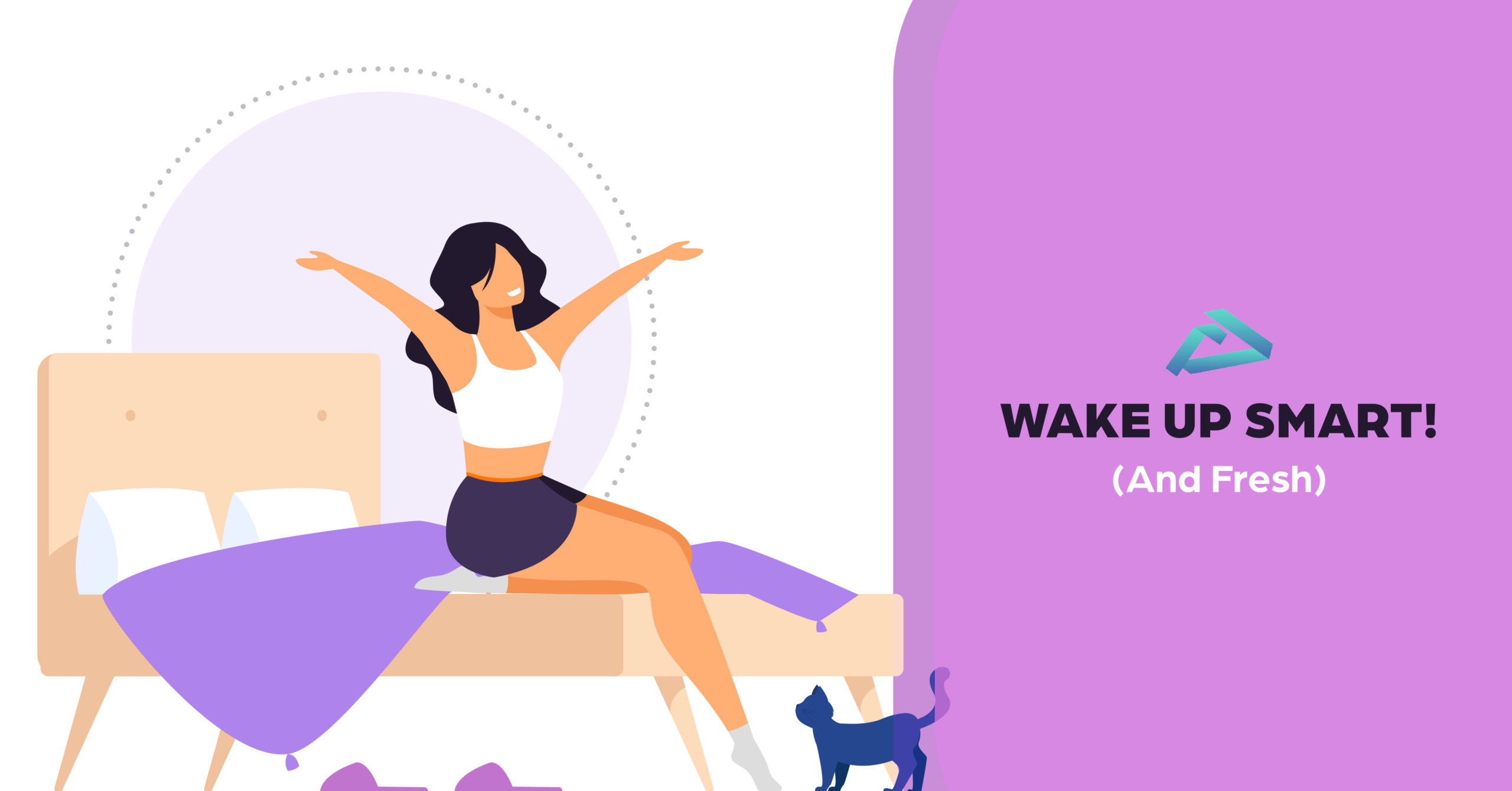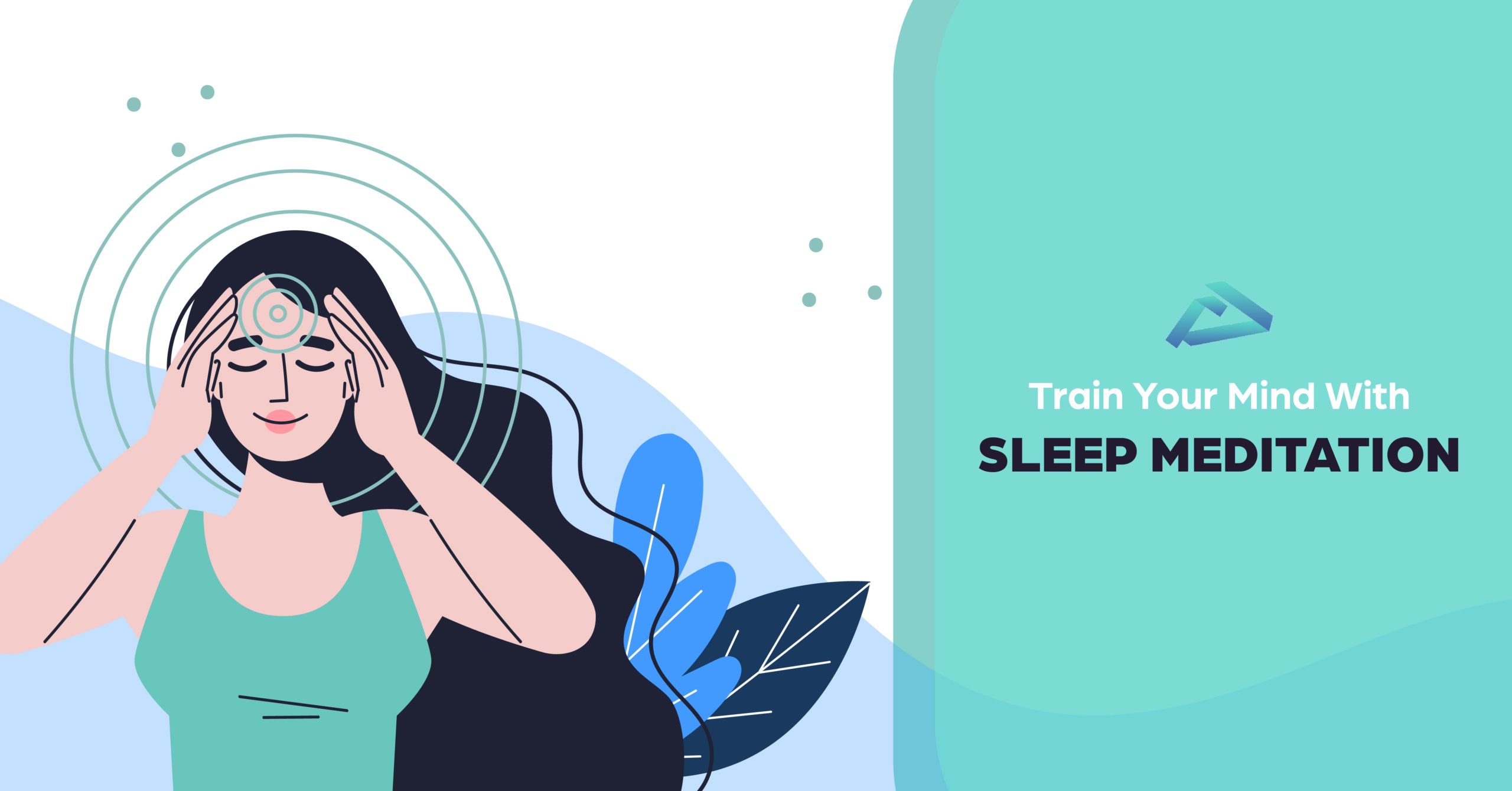In the words of Russel Simmons, “Meditation can re-introduce you to the part that has been missing” And individuals who practice the art of sleep meditation, couldn’t agree more. After all, meditation always comes down to the simple task of self-learning and training your own mind. It is a well-established fact that the human body and brain require at least 7-9 hours of sound, undisturbed sleep in order to function at an optimum level. A lot of our bodily functions, vital organs as well as the workings of the mind are dependent on a good night’s sleep.
If there is even an inkling or a shred of doubt in your mind that you are suffering from certain forms of sleeping disorders, guided sleep meditation along with clinical treatment is the answer you’ve been looking for. Living with a sleeping disorder or even disturbed sleep for that matter, for more than 30 days can prove to be quite detrimental to your mental as well as physical health.
Sleep hygiene is extremely vital to get a non-intrusive, undisturbed sleep. Time, bedroom settings, food consumption, the way you wake up, play an important role in maintaining sleep hygiene. Meditation can be an added, much-needed tool in your sleep hygiene arsenal.
What is Sleep Meditation?
Healthline observes that ‘when you meditate, a variety of physiological changes occur. These changes initiate sleep by influencing specific processes in your body.
For example, in a 2015 study published in JAMA Internal Medicine Trusted Source researchers analyzed how mindfulness meditation affected 49 adults with moderate sleep issues. The participants were randomly assigned 6 weeks of meditation or sleep hygiene education. At the end of the study, the meditation group experienced fewer insomnia symptoms and less daytime fatigue’
Marie Claire suggests that ‘sleep meditation is a state between being awake and sleeping, where you put yourself in a ‘yogic sleep’, essentially a state in which the body is completely relaxed but mentally aware. Known as Yoga Nidra (meaning sleep in Sanskrit), it is used as a relaxation method (or meditation) for the mind, body, and soul’
Yoga International weighs in by stating that ‘Yoga Nidra, or yogic sleep as it is commonly known, is an immensely powerful meditation technique, and one of the easiest yoga practices to develop and maintain. While the practitioner rests comfortably in savasana (corpse pose), this systematic meditation takes you through the pancha maya kosha (five layers of self), leaving you with a sense of wholeness’
The key difference between meditative sleep and normal sleep is that your subconscious mind takes over when you sleep without practicing sleep meditation. The ancient Hindu practice of ‘Yoga Nidra’ (roughly translated as sleep meditation) aims to keep the conscious mind awake while in a state of sleep. Yoga Nidra follows the workings of the mind, thus paving the way for organically induced sleep.
Training your mind
Sleep meditation is easy to practice a form of meditation that eventually trains your mind. It is of extreme importance to know that there is a virtual, no ‘wrong’ way of practicing sleep meditation. Individuals aged 5 to 75 can practice this as it has zero side effects and the efforts needed to take are minimal and wholly satisfying.
There are various ways to practice sleep meditation and training your mind to do so. Yoga International simplifies it by suggesting the following practice: ‘as you lie down, supported in savasana, all you have to do is follow the voice that is guiding you. It’s likely that you will remember certain parts of the meditation and not others. Every time you come to the practice you encounter a new experience—none of which is wrong. Falling asleep is okay too, as you will still receive benefits while the unconscious mind is absorbing the practice’
The above-mentioned method can possibly take a while to master and incorporate in day to day life. Even so, thanks to technological advances there are certain devices that can not only help you practice sleep meditation daily but also help you track sleeping patterns. Take, for example, the iBand+ :
Practicing Sleep Meditation with the iBand+
The iBand+ consists of various features that can help induce an undeterred sleep. And not just that, the iBand+ helps you wake up peacefully without the dreaded snooze-sleep-snooze ritual!
- Relieve your mind and body of everyday stress by relaxing using the sleep meditation technique of the iband+ Increase your sense of calm by listening to soothing sounds and visuals that can be customized as per your mood and vibe!
- Prepare yourself for lucid dreaming with the iBand+ sleep meditation feature with brainwave entrainment audio-visual technique.
- Are you looking to inculcate lucid dreaming in your sleep/dream schedule? With sleep meditation define the dream cues, set the dream intention, and increase self-awareness in your dreams – crucial preparation tactics to become and stay lucid in your dreams.
As you foray into the depths of sleep meditation, it is important to be aware of the fact that – the whole objective behind sleep meditation is to achieve a state of calm that eventually puts you off to sleep. The ability to control your mind and stay lucid whilst sleeping in order to improve the health of the mind is the agenda.
